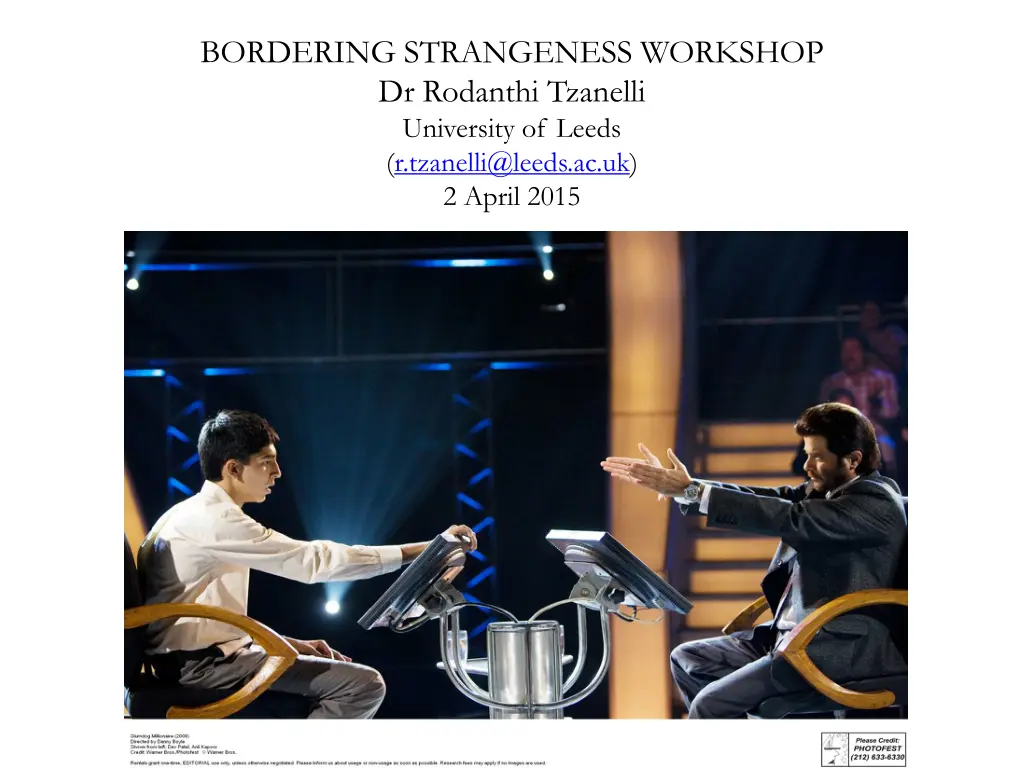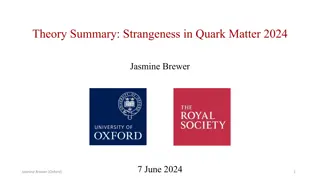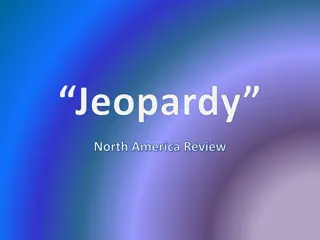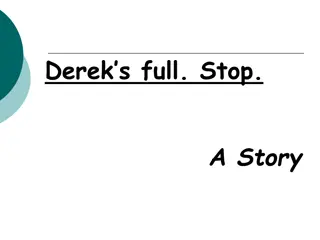
Understanding Strangeness in Mumbai's Modernization Narrative
Explore the narrative of modernization and urbanization in Mumbai through the story of "Slumdog Millionaire" and the social dynamics it portrays, reflecting on issues of cultural identity, governmentality, and societal reactions. Delve into the complexities of poverty, exclusion, and global politics interwoven in the cinematic representation of urban slums, highlighting the tensions between reality and perception through a critical lens.
Download Presentation

Please find below an Image/Link to download the presentation.
The content on the website is provided AS IS for your information and personal use only. It may not be sold, licensed, or shared on other websites without obtaining consent from the author. If you encounter any issues during the download, it is possible that the publisher has removed the file from their server.
You are allowed to download the files provided on this website for personal or commercial use, subject to the condition that they are used lawfully. All files are the property of their respective owners.
The content on the website is provided AS IS for your information and personal use only. It may not be sold, licensed, or shared on other websites without obtaining consent from the author.
E N D
Presentation Transcript
BORDERING STRANGENESS WORKSHOP Dr Rodanthi Tzanelli University of Leeds (r.tzanelli@leeds.ac.uk) 2 April 2015
Slumdog Millionaire (2008) Read as narrative of Mumbai s modernisation/urbanisation through the story of a child from the slums (Jamal Malik) First part: extermination of internal strangeness (Muslim slumdwellers) by means of governmentality (Hindu mobs) Second part: assimilation/instrumentalisation of difference by governmobile means (insertion into tourist and media industries)
Inspiration of first part: Knowledge on slum politics? Reference to The Bombay Riots (December 1992 and January 1993) by Vikas Swarup (Q & A), in which around 900 people died (275 Hindus and 575 Muslims). The riots were mainly due to escalations of hostilities after large scale protests (initially peaceful then turned violent) by Muslims The riots were followed by a retaliatory 12 March 1993 Bombay Bombings, perpetuated by criminal groups with alleged help of ganglord Dawood Ibrahim and his D- Company syndicate, in which more than 300 people were killed Screenwriter Beaufoy visited Mumbai s slums three times, whereas directors Boyle & Tandan made conscious choice to include slumchildren in film and contribute to their welfare & education (poverty not excluded from cultural industrial glamour & profit-making) Composer A.R. Rahman involved in global projects on elimination of poverty & human rights (A.R. Rahman Foundation) Governmentality achieves the management of population by biological means (including extermination of the wrong cultural phenotype here defined on ethno-religious grounds) Poverty-Islam-exclusion reflecting global politics on terror Internal otherness/strangeness located in urban slums often globally presented as sites of disorder, terrorism and symbolic dirt for the nation-state India s management of mentality in its infancy: God Rama
Text & context: reactions to film making it more real ? Slum protests with widely photographed children held up signs with the phrase I am not a dog. I am the future of India (Kinetz, 22 January 2009). Hindu organisation Janajagruti Samiti and Shiv Sena Party protested against the film s portrayal of the Hindu god Rama, arguing that it hurts the sentiments of Hindus (The Times of India, 22 January 2009) Kanchan Gupta wrote in the conservative Daily Pioneer that SM depicts Hindus as rapacious monsters (25 January 2009). Boyle made a film structured within the matrix of Western lib-left perceptions of the Indian reality which have little or nothing in common with the real India in which we live






















